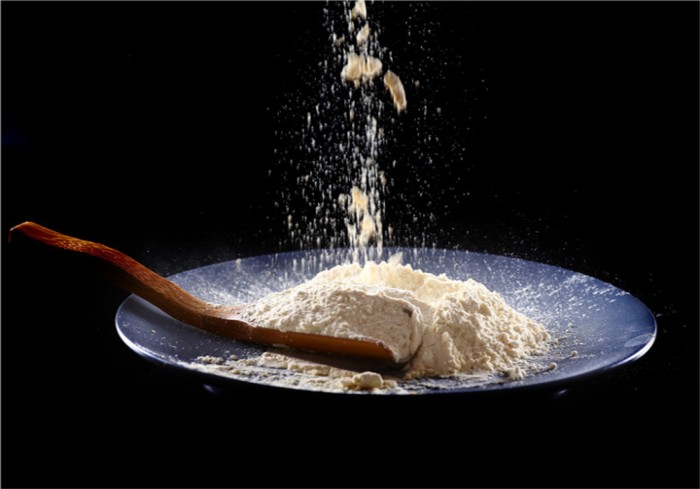What Are The Applications Of Phospholipids?
Published on Nov. 25, 2019
According to reports, the annual production of soybean phospholipids in the world can reach 100,000 tons. Its commercial phospholipids are mainly extracted from the hydration oil feet of the oil-making industry. The hydrated oil feet of soybean oil contain about 33% of phospholipids. It is a natural nutrient-rich food that is cheap and rich in resources. As a new nutritional resource, Extracting and separating and developing a series of nutritious health foods will have broad development prospects.
From the wide application, production and development of phospholipids at this stage, phospholipids have been hailed as human nutrition and health foods in the 21st century. Soy lecithin has become an important nutritious health food in the United States, Europe and Japan. In Australia, there are soy lecithin granules and "lecithin pills" (each weight 600 mg, including natural soybean lecithin 500 mg, natural soybean essential oil 50 mg, natural fresh coconut oil 50 mg), used as nutrition and health care Food is exported to China. In some countries in Western Europe, many people use 10 g - 15 g of refined edible phospholipids every day as their nutritional health care. The United States produces "natural lecithin pills" (the main component: 1 200 mg / granules, each containing 200 mg of natural soy lecithin) and exported to China. Currently approved by the US Food and Drug Administration, all infant formulas are supplemented with Soy Lecithin to promote brain development and mental development in infants and young children.
At present, China's soybean phospholipid series products are also developed: soybean powder phospholipids, modified phospholipids, high-purity lecithin, hydrogenated lecithin, cephalin, phospholipid nutrient milk, phospholipid tablets, lecithin capsules, etc., all of which are pure natural high. Technology, high value-added products. Phospholipids and these products have been widely used in the production of food, medicine, cosmetics, petroleum products, chemicals, textiles, plant protection, paints, inks, sensitizers, leather, pesticides, feeds, etc.
China's food industry has widely used phospholipids as a modifier, stabilizer, emulsifier and nutritional supplement in various foods such as noodle products, sugar products, bakery products, beverages, dairy products and convenience foods, which not only improves the quality of food, It has extended the shelf life of the shelf, increased the nutritional content of the food, and provided excellent resources for the development of new products for nutrition and health care. In addition to its high nutritional value, phospholipids are widely used in the food industry because of their dispersibility, softness and oxidation resistance. They are also excellent emulsifiers, stabilizers and dispersants. Adding phospholipids to foods also helps the body's absorption of oils and vitamins in food. So phospholipids are also known as functional foods.
At present, in the food industry, what are the commonly used phospholipids as additive processing foods? Food Grade Soy Lecithin suppliers will come to tell you.
Food Grade Soy Lecithin
In the chocolate making process, 1% to 2% of phospholipids are added, which has the function of a moisturizing agent, and is also an improvement agent for improving the surface structure of the chocolate, so that the internal particles of the chocolate dissolve and the viscosity of the mixture is lowered, so that the surface of the chocolate is smooth and not sticky.
In the production of candy, adding 1% phospholipid can make the candy block shine well, the surface is smooth and non-stick, the fragrance is stable, the agglomeration is prevented, the anti-oxidation effect is enhanced, and the shelf life is prolonged.
In the production of bread, taro and cake, adding about 2% of phospholipids can increase the elasticity of the food, reduce the viscosity, make the product softer, increase the volume, soft and smooth surface, uniform and fine internal structure, and increase the fragrance and not easily lost.
In the production of noodles, when the gluten content of flour is less than 24%, adding 2% of phospholipids can reduce breakage and increase taste and nutrition.
In the processing of milk powder, if 0.2% of phospholipid is added, the milk powder can be quickly dissolved in water, which is a dispersing agent and emulsifier for making instant milk powder.
The above is the application of soy lecithin in food, I hope to help everyone.
Previous: The Role Of Soy Lecithin In Feed



